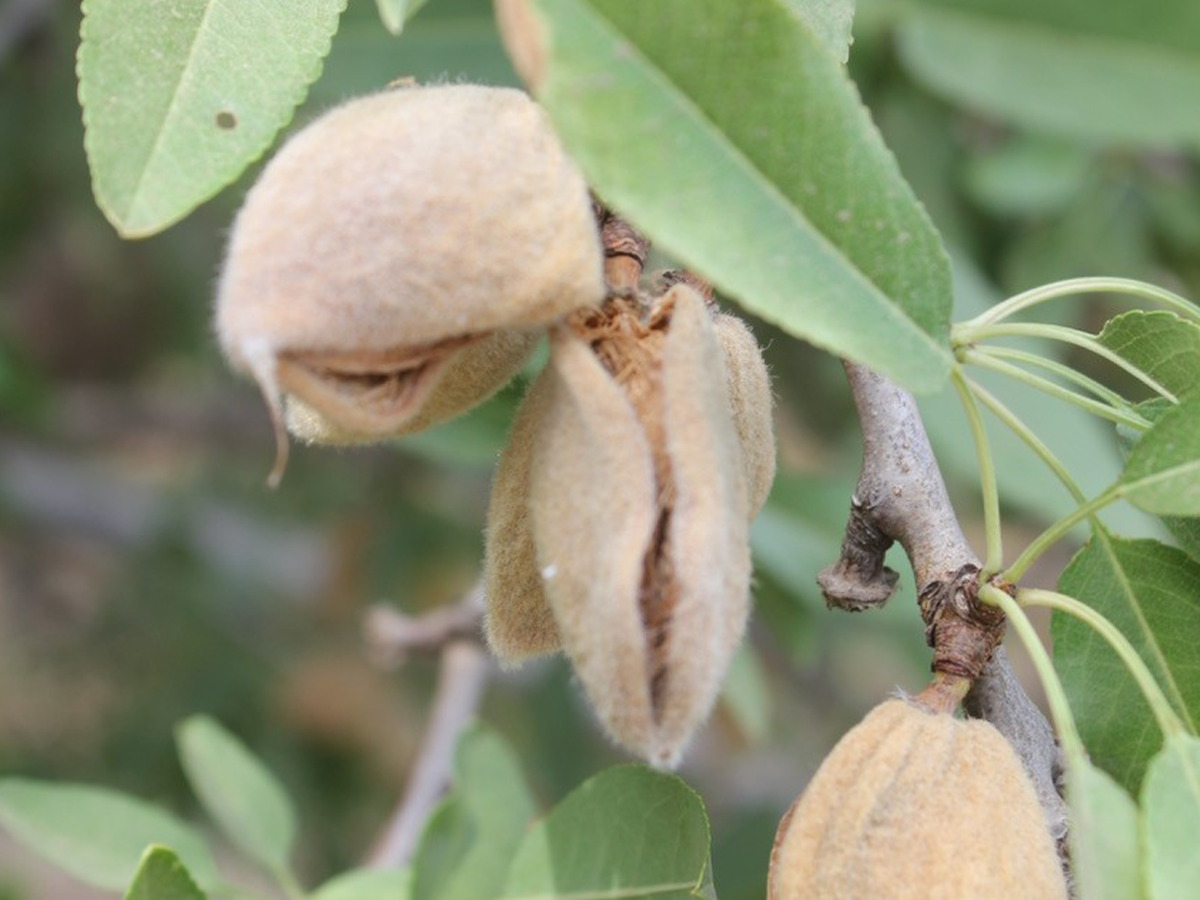
Where to skimp on pest control and where judicious use of crop protection materials and cultural practices will provide a return on investment was defined at the annual Crop Consultant Conference by Kern County UCCE IPM advisor David Haviland.
Changes in irrigation management and improvement in almond varieties have brought changes in pest control in the last 15 years. Peach twig borer and San Jose scale are no longer considered major pests, and dormant sprays for those pests have largely been abandoned. Peach twig borer is still around, Haviland said, but better shell integrity plus the change to drip or microsprinkler irrigation has eliminated need for control. As organophosphate insecticide use has dropped, he said natural enemies are back and keeping San Jose scale populations controlled.
‘May’ sprays are also falling into the ‘skimp’ category. Almond growers are seeing far less early summer defoliation by mites, Haviland said, where six spotted thrips populations thrive.
“There is 100% no benefit to miticide spray in April or May,” Haviland said.
Timing is an issue for May sprays to control navel orangeworm (NOW).
“This is an easy cut in a control program in most cases,” he said.
While savings can be found with eliminating a May spray for NOW control, Haviland stressed that orchard sanitation is always a wise investment. Spending the money on poling crews to knock mummy nuts from the tree should be a case-by-case decision.
Orchards with large trees and mummies hanging on at the top of the canopy could benefit from that extra sanitation step, but there are no official numbers on breaking even for the labor costs.
Hull split sprays are a must, Haviland said, but post hull split sprays are not always necessary. Early harvest, trap counts and shell integrity are factors in that decision.
Mating disruption, a pest control tool that has been widely adopted in the almond industry, does have a return on investment in most cases. If crop damage in an orchard block is more than 1%, it is a good investment. If an orchard block had less than 0.5% crop damage, investing in mating disruption made money.
Decisions on spider mite control are assisted with the use of predator trap cards. If 40% of leaves are infested, a spray could be necessary, but biocontrol could be a better option. Finding three six spotted thrips on the predator cards in a week means mite populations will remain at the current level or go down.
“There are a lot of opportunities at hull split to skip that spray,” Haviland said.











